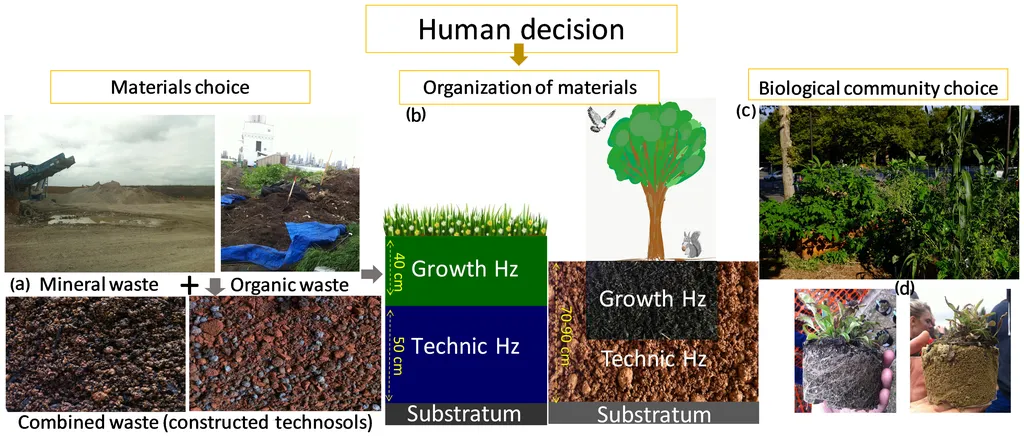In the quest for sustainable construction practices, researchers have turned to an unlikely ally: waste materials. A recent study published in *Results in Engineering* (translated from Persian as “Engineering Results”) explores the potential of sodium carbonate-activated slag, pumice, rice husk, and sugarcane bagasse ashes as a greener alternative to traditional soil stabilization methods. Led by Arman Moazami from the Department of Civil and Environmental Engineering at Amirkabir University of Technology in Tehran, Iran, this research could significantly impact the energy sector and construction industry.
Traditional soil stabilization methods often rely on ordinary Portland cement (OPC) or high-alkalinity alkali-activated slag systems, which come with substantial environmental costs. Moazami and his team investigated the use of regionally available waste materials—pumice, sugarcane bagasse ash (SBA), and rice husk ash (RHA)—in partial replacement of slag, activated with sodium carbonate (Na2CO3). This approach not only reduces waste but also lowers carbon emissions.
“The idea was to find a sustainable and cost-effective way to stabilize soil without compromising on strength and performance,” Moazami explained. The team’s microstructural analyses confirmed the formation of key binding phases that contributed to improved mechanical performance. Incorporating 50% of these supplementary materials with slag resulted in unconfined compressive strength (UCS) values that were comparable to traditional methods. Notably, a 50:50 mixture of slag and pumice, activated solely with Na2CO3, achieved a UCS of 3772.39 kPa after 28 days of curing. While this was slightly lower than the 4492.03 kPa achieved with a combination of Na2CO3 and OPC, the environmental benefits were substantial.
Life cycle assessment (LCA) results highlighted a significant reduction in carbon emissions. The OPC-containing mixture emitted 31.00 kg CO₂-eq per cubic meter of stabilized soil, while the Na2CO3-only activated system emitted just 23.09 kg CO2-eq—representing a 25.5% reduction in carbon emissions for comparable strength performance.
“This research demonstrates that waste-derived materials and low-alkalinity activation strategies can play a crucial role in sustainable geotechnical applications,” Moazami said. “It’s a step towards material circularity and significant carbon footprint mitigation in construction.”
The implications for the energy sector are profound. As the demand for sustainable infrastructure grows, the construction industry must adopt greener practices. This research provides a viable alternative that could reduce the environmental impact of soil stabilization projects, particularly in regions with abundant waste materials like pumice, rice husk ash, and sugarcane bagasse ash.
The study’s findings support the use of waste-derived materials and low-alkalinity activation strategies in sustainable geotechnical applications, promoting material circularity and significant carbon footprint mitigation in construction. As the world moves towards greener practices, this research could shape future developments in the field, offering a sustainable and cost-effective solution for soil stabilization.
In the words of Moazami, “The future of construction lies in our ability to innovate with sustainable materials. This research is a testament to that innovation.”

